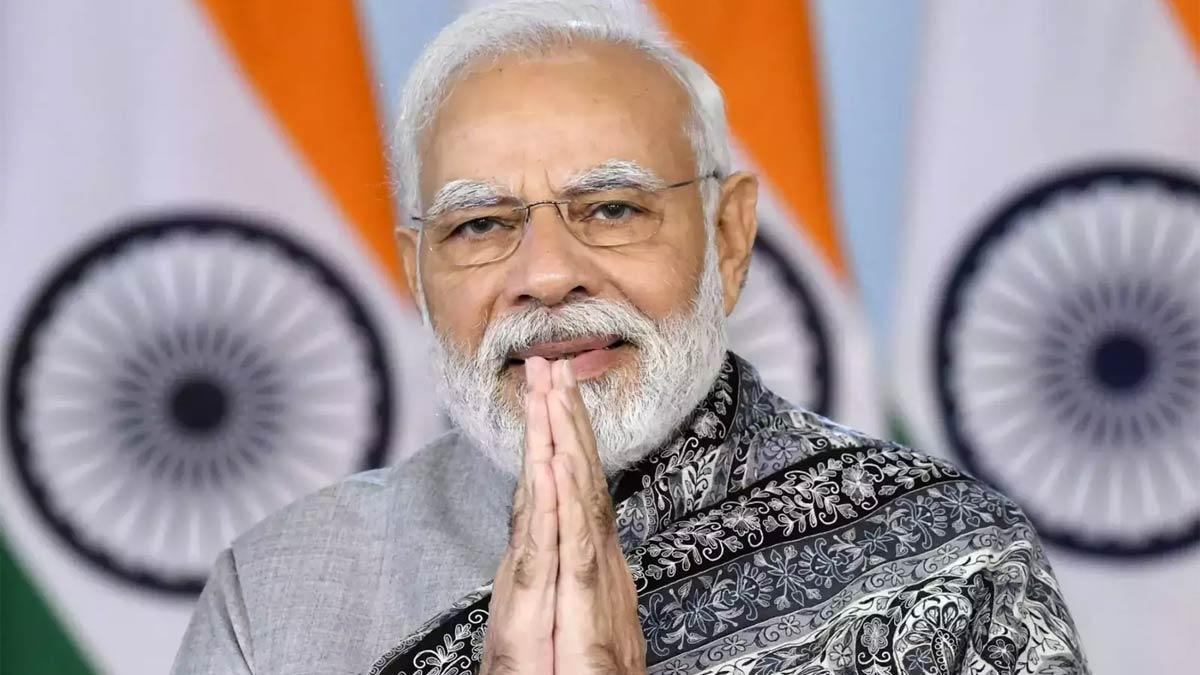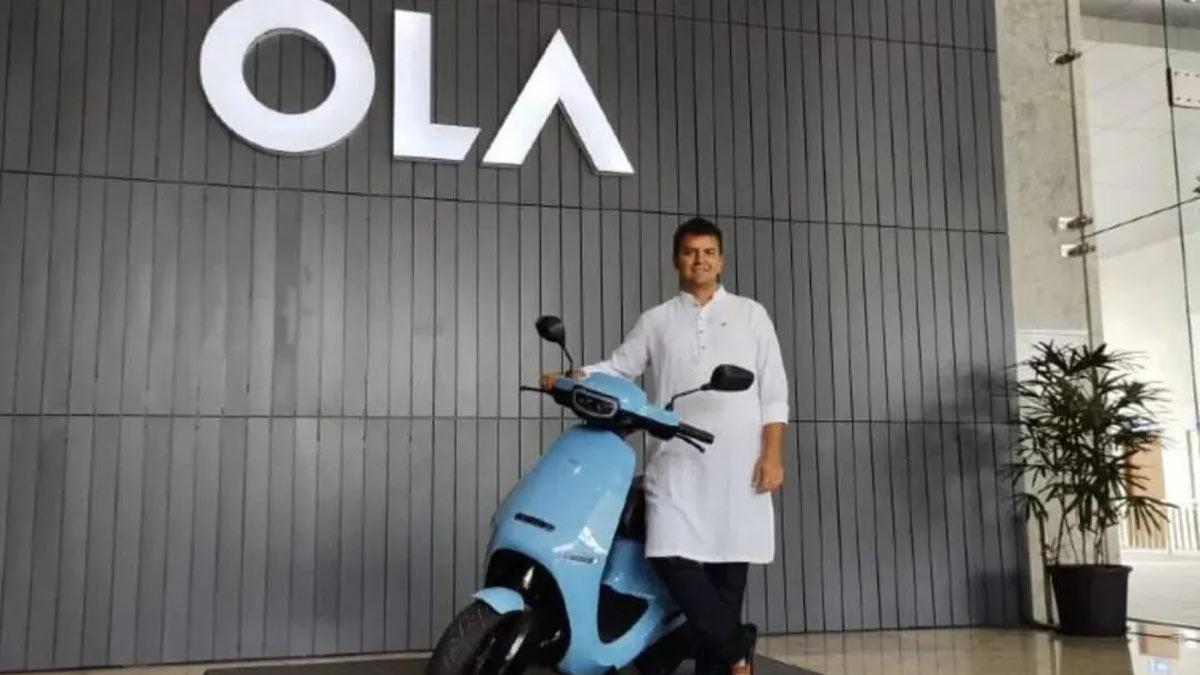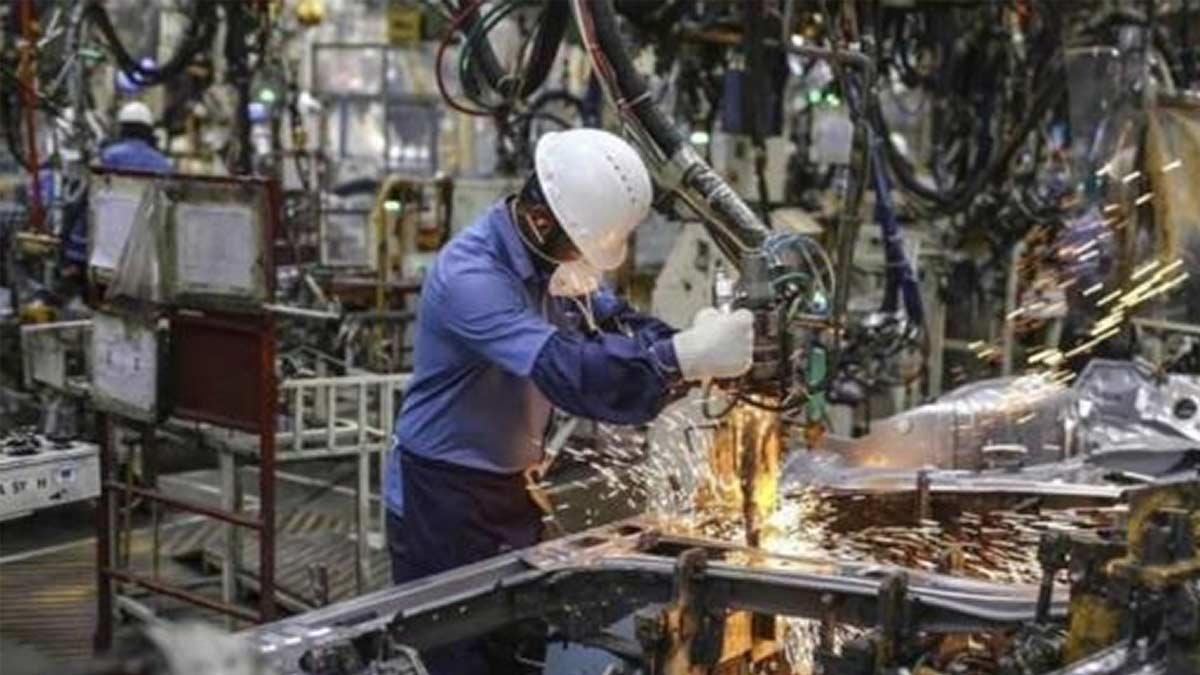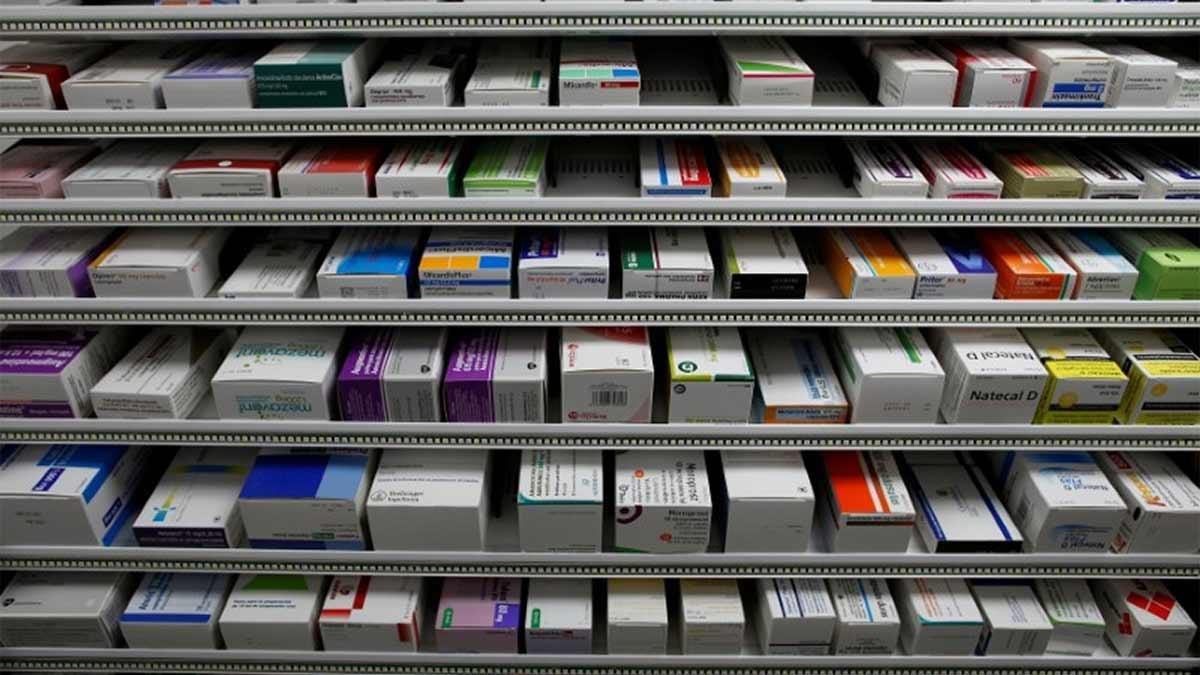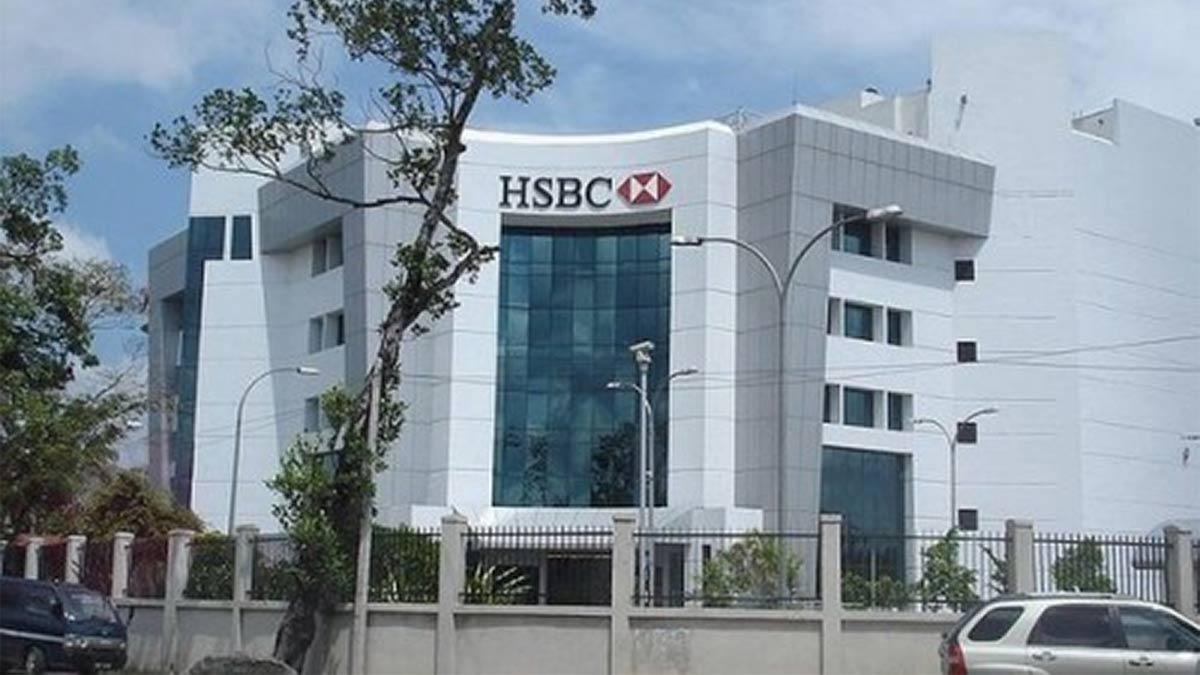Prime Minister Narendra Modi on Monday met eminent economists and sectoral experts to seek their views and suggestions for the Budget for 2025-26. Finance Minister Nirmala Sitharaman is slated to present the budget in the Lok Sabha on February 1, 2025.
The Finance Minister was also present at the meeting which was attended by Niti Aayog Vice Chairman Suman Bery, Niti Aayog CEO BVR Subrahmanyam, Chief Economic Advisor Anantha Nageswaran and renowned economists, including Surjit Bhalla and DK Joshi.
The meeting has come in the backdrop of the government's plans to continue with big-ticket investments in infrastructure projects to further spur growth and create more jobs in a slowing economy.
The Centre has introduced various welfare programs for the poor, including free foodgrains and housing facilities for the poor sections of society in both rural and urban areas. The sharp rise in inflation has now softened in the last month as food inflation has declined, and the RBI is able to reduce the CRR for banks by 0.5 per cent from 4.5 per cent to 4 per cent.
It is the first reduction in CRR since March 2020. That will infuse Rs 1.16 lakh crore into the banking system, thereby reducing market interest rates. With this fiscal stimulus from the budget, one would now expect an increase in the growth in economy. India has remained the fastest-growing major economy in the world, and buoyancy in tax collections has ensured stability as the fiscal deficit remains very much under control.
The above will go on to strengthen the hands of the government in preparation for the next budget. India's net direct tax collections, which include corporate tax and personal income tax, rose by a robust 15.4 percent to Rs 12.1 lakh crore from April 1 to November 10 during the current fiscal year, according to latest figures released by the CBDT. Centre's fiscal deficit till the end of the first seven months (April-October) of the current financial year has worked out to 46.5% of the full-year target, the official data released last month shows.
This reflects a strong macroeconomic financial position with the government sticking to the fiscal consolidation path. The government looks to bring down the fiscal deficit to 4.9 per cent of gross domestic product (GDP) in the current financial year from 5.6 per cent in 2023-24. Similarly, there has been a robust growth in GST collections on the back of rising economic activity.
The buoyancy in tax collections brings more money into the coffers of the government and keeps the fiscal deficit in check which bolsters the macroeconomic fundamentals of the economy. The lesser the fiscal deficit, the less amount the government needs to borrow which leaves more money in the banking system for the big companies to borrow and invest.
This also translates to higher economic growth rate as well as more job creations. Furthermore, low fiscal deficit also keeps the rate of inflation under control and infuses stability into the economy.
Read also| China Plans to Raise Deficit and Boost Spending in 2025, Says State Media
Read also| Indian Firms Break Records with Robust Equity Market Fundraising in 2024

